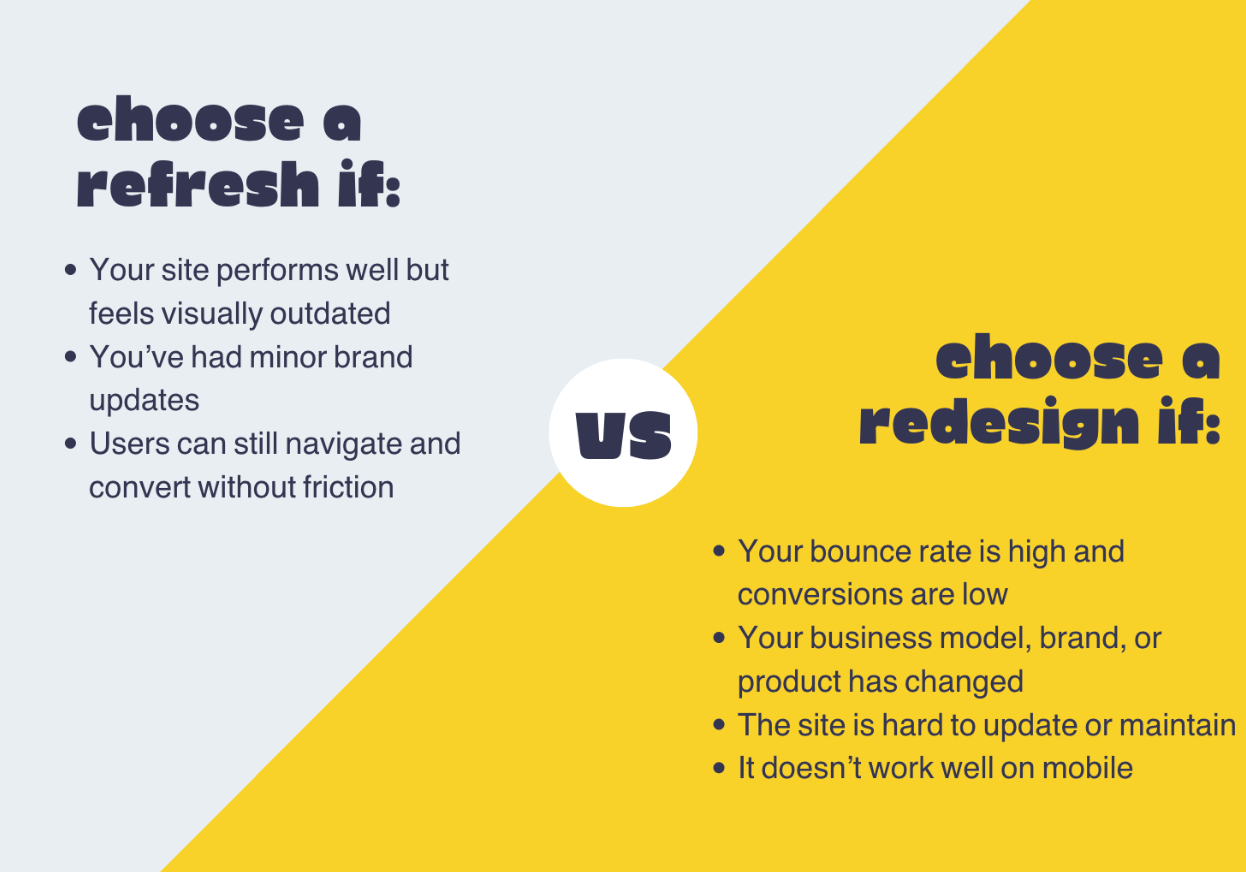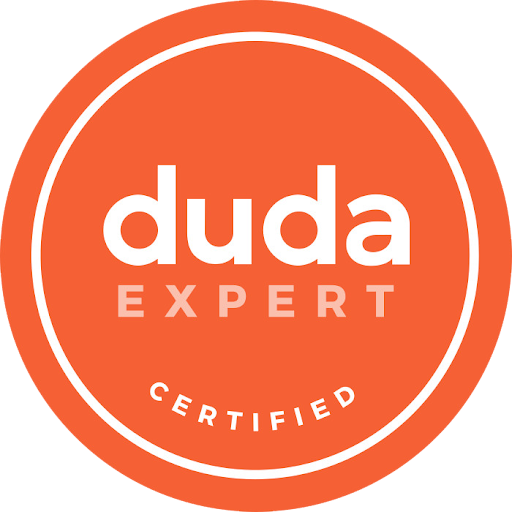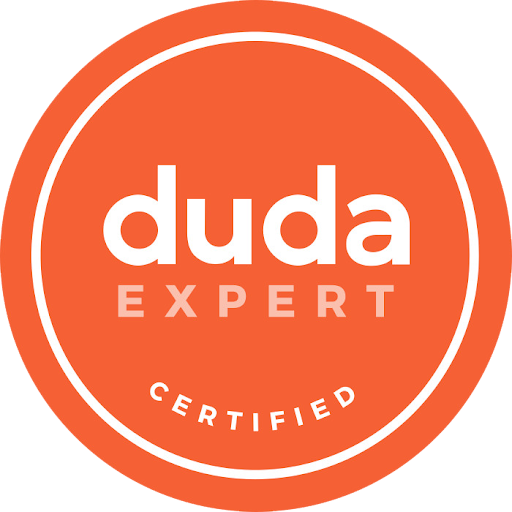How to Create Effective Storyboards for Your Business’s Video Marketing Campaigns

If you are a business owner looking for a cost-effective way to reach your target audience, video marketing might be the key. Check out Olive + Ash’s video marketing services to craft compelling videos for your business.
It all starts with a well-crafted storyboard. This will help you visualize and create a successful video that’s sure to capture the attention of your customers. Let’s take a look at what a storyboard is and why you need one, how to structure and write a script, how to save on production costs, and how to get your video out there.
Do you need a storyboard?
The short answer is yes! A storyboard is an organized layout of your vision for each shot or scene in your video. It’s comprised of illustrations or drawings that depict each scene alongside dialogue or narration boxes that explain what happens in each one. Think of it like a roadmap that helps you visualize each frame before shooting begins.
The benefits of a storyboard are plenty. Planning out everything in advance saves you time, instead of having to adjust during filming, as it helps keep your production team organized and on track. If any changes need to be made down the line, it’s easier when you have a clear plan right from the start. It also ensures that your videos have a consistent look and feel throughout, which is especially important for your brand.
Considerations before starting your storyboard
When writing your storyboard and script, there are several things you should consider: Who is your target audience? What message are you trying to convey? What emotions do you want viewers to feel? Answering these will help guide your creative process. You should also consider what visual elements would best suit your message (e.g., text overlays and animations), as well as music and sound effects that will resonate and help boost engagement with viewers.
Opportunities to save money and time
When creating videos for marketing purposes on a tight budget, using stock footage can be incredibly helpful as it saves you both time and money during production. This is especially important if you don’t have access to professional equipment or talent. Video clips that are royalty-free, which you can get access to through a subscription-based service, are licensed material that can be used multiple times without any additional fees after purchase, so you won’t have to worry about copyright issues.
The storyboard creation process
To begin structuring your storyboards and writing scripts, start by creating scenes that correspond to different parts of your message or narrative arc (e.g., introduction -> conflict/problem -> solution). Once this has been established, break down each scene into individual shots. This should include establishing varying shots (e.g., wide angles, mid-range shots, and close-ups). Finally, incorporate dialogue and narration boxes that explain what happens in each shot so your team will have something tangible to refer back to throughout production.
Marketing your video
Once production wraps and editing is complete, finding the right platforms online where people can view, share, and engage with videos is key. Consider which video publishing platforms are most popular among different target audiences. Knowing which platforms your desired demographics use most often will inform where your business should upload and promote its content.
Creating effective storyboards for business videos isn’t always easy, but following our tips above can make it much simpler. From understanding what a storyboard is and its benefits to sharing content in places where your target audience converges, you’ll be well on your way to creating videos suited perfectly for your marketing purposes.



















